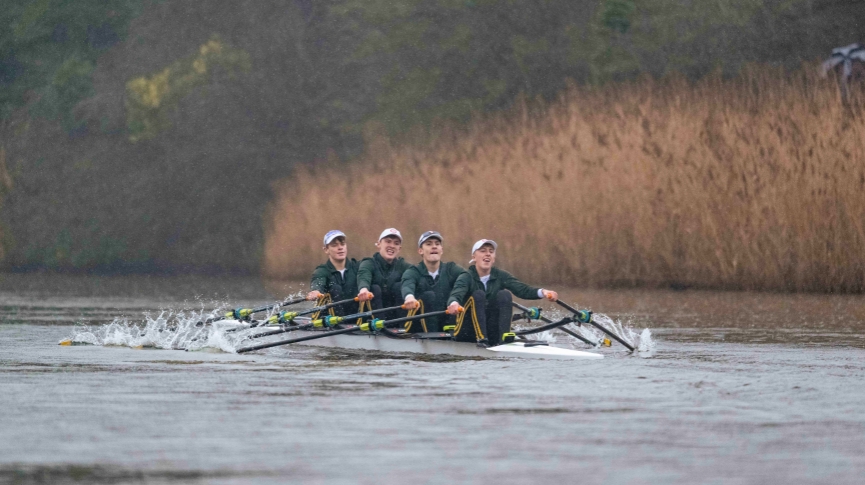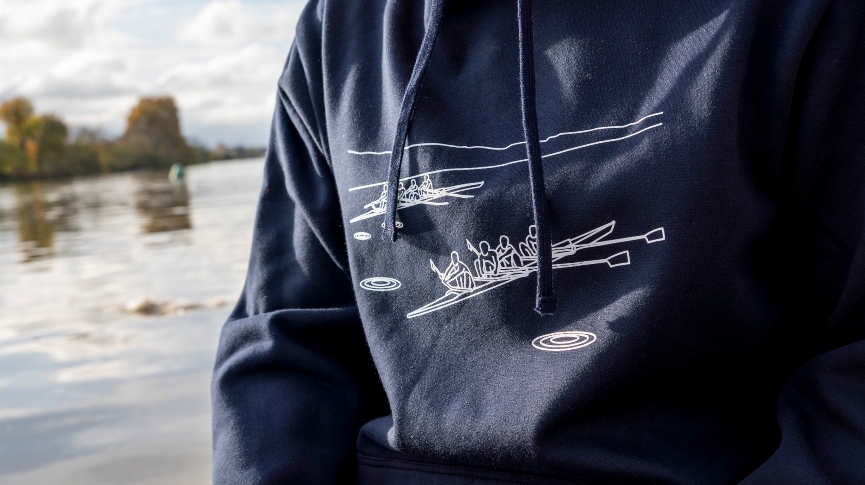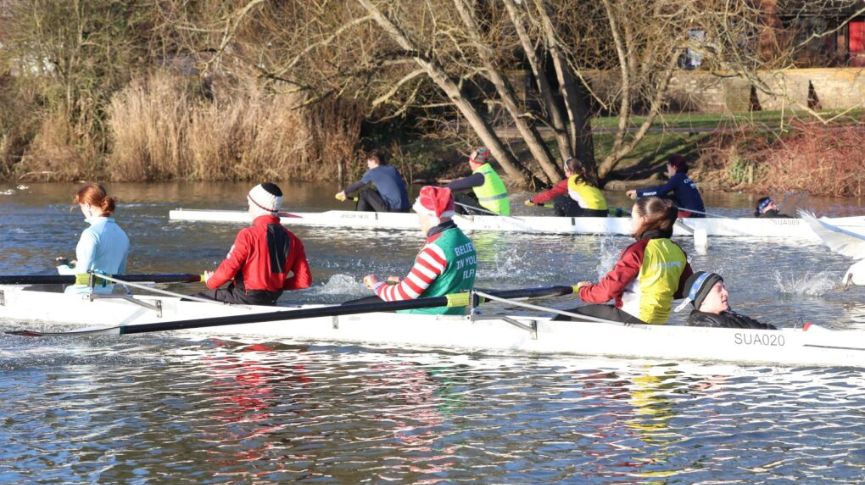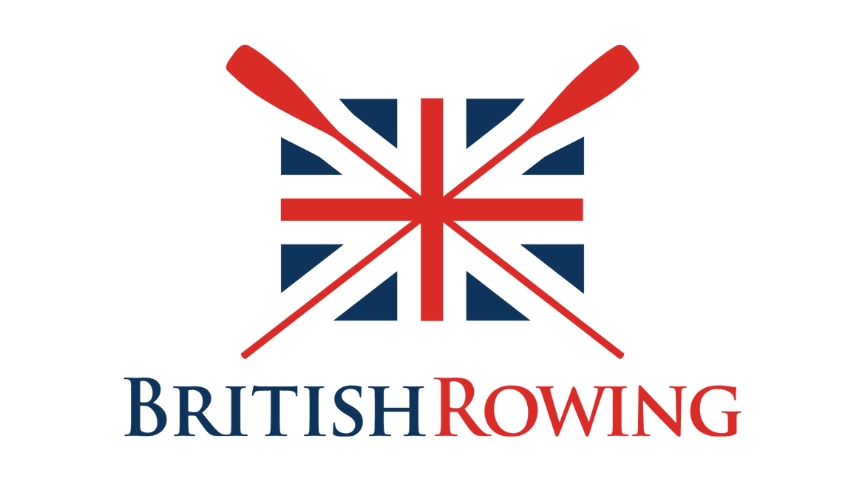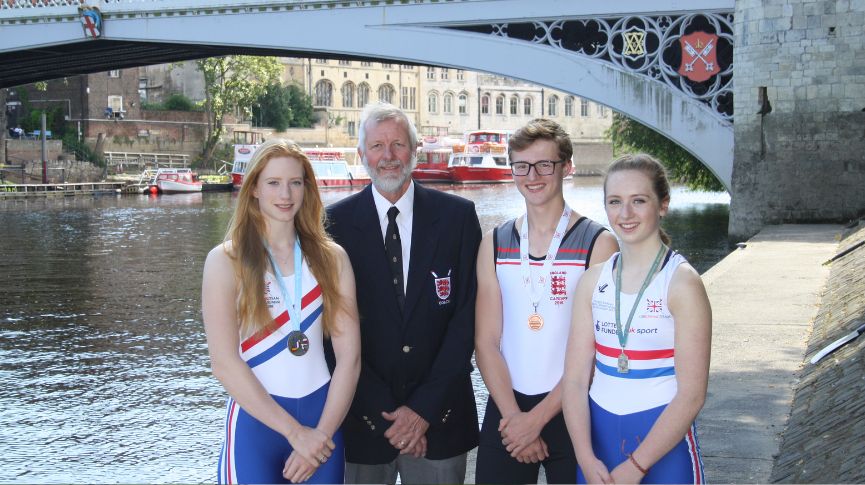Highlight 5# of the decade: Women’s Boat Race joins the men on the Tideway
Saturday 11 April 2015 was the day that the Oxford and Cambridge women’s crews made history when they raced on the Tideway on the same day as the men’s Boat Race crews
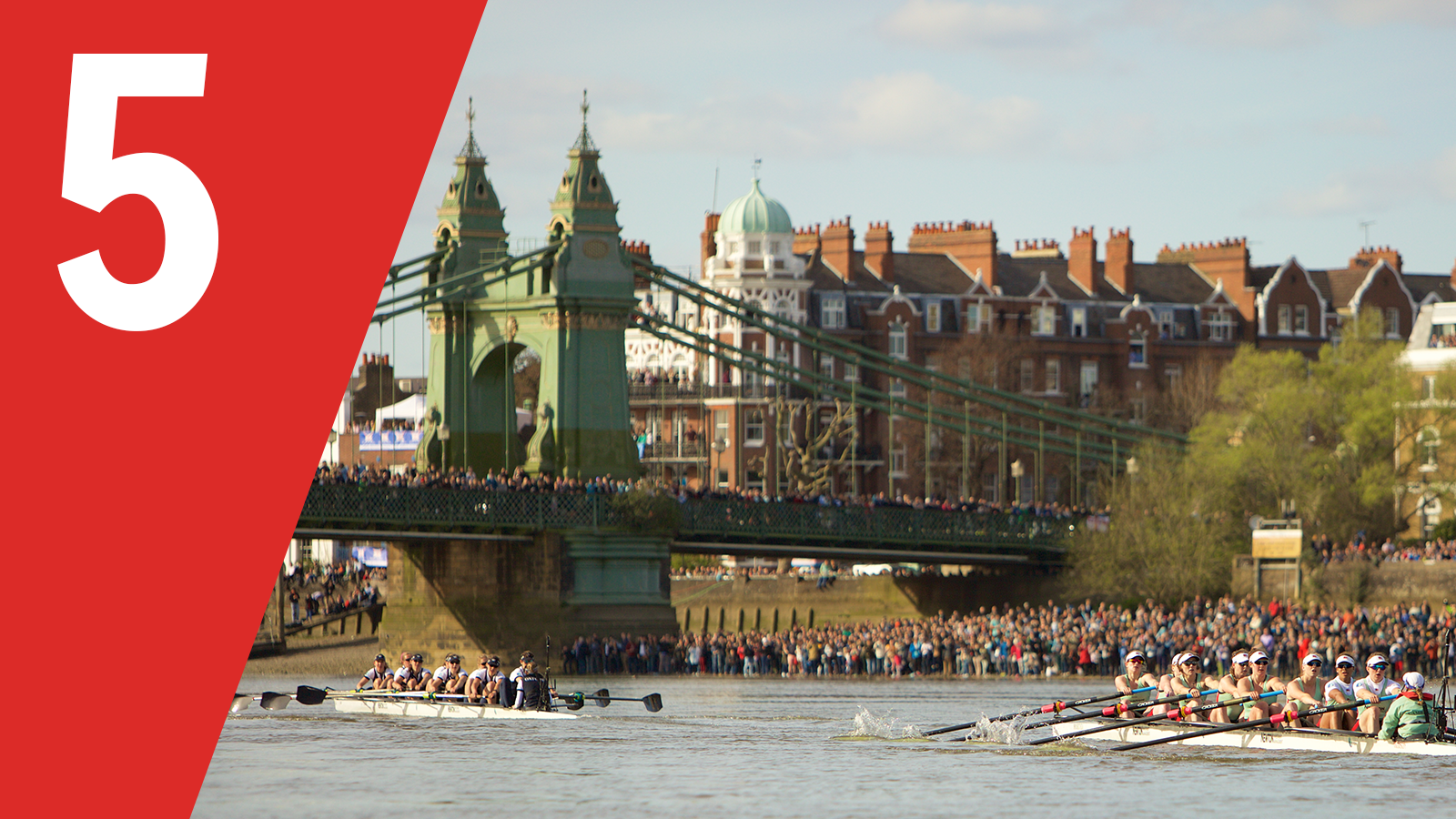
Our fifth highlight of the decade spotlights the 2015 Oxford and Cambridge Women’s Boat Race – held on the same course as the men’s race for the first time.
Former CUWBC and British Rowing chair Annamarie Phelps said: “Only four years on it seems unbelievable that for almost a century, so many were unaware that an annual Oxford vs Cambridge race for female students even existed.
“With the largest global audience for any rowing race it was essential that the women’s race moved alongside the men’s, to create the Boat Races, and showcase rowing as the gender-inclusive sport it is.”
Rewind to a sunny April afternoon in 2015 – and Martin Cross’s report of the momentous race, as published in Rowing & Regatta magazine.
It will take a year or two, but when history comes to cast its verdict on the 2015 Boat Races, it will always be remembered as the day when one more of rowing’s glass ceilings was convincingly shattered. Yet, despite the contest being surrounded by an aura of destiny, refreshingly it seemed perfectly ‘normal’ to see two women’s crews racing on the Thames. And less than 24 hours after the bows of the Oxford boat, Catalyst, had crossed the finish line – some 19 seconds ahead of their Light Blue rivals – it seemed crazy to reflect that it had taken until midway through the second decade of the 21st century for the women of Oxbridge to race on the Tideway course.
Only four years on it seems unbelievable that for almost a century, so many were unaware that an annual Oxford vs Cambridge race for female students even existed
Everything surrounding the women’s contest went well. The pre-race hype was excellent; BBC TV’s coverage was both slick and informative, with Clare Balding and co catching the mood of excitement as huge crowds – joined by a TV audience of 4.8 million – assembled along the 4¼ mile Putney to Mortlake course wanting to be part of a historic event. Though the race developed into something resembling a procession, both crews performed at their best and the organisation surrounding the event – no mean feat – seemed flawless.
Beyond that, perhaps a glance at the records might show that not much out of the ordinary happened to interest rowing’s historians. Oxford’s men – who were one of the strongest ever pre-race favourites – notched up a comfortable six-length victory. Two more wins in 2016 and 2017 and Sean Bowden’s Dark Blues will draw level with the Cambridge total of 81 Boat Race victories. Trinity College’s Constantine Louloudis notched up his fourth victory in the contest. And with the triumph of Isis over Goldie – in a cracking men’s reserve race – mirroring the triumph of Osiris on Friday afternoon, history will record that Oxford did Dan Topolski proud.
The 2015 Boat Races will always be remembered as the day when one more of rowing’s glass ceilings was convincingly shattered
But the recently departed Dark Blue coaching legend knew well that each of those battles on the sometimes choppy waters of the Thames had its own very distinct character. And to really understand the race you have to look beyond the mere stats. For starters – and this is going out on a limb – the Oxford men’s and women’s crews were arguably the fastest two boats ever to have graced this venerable contest. Their technique, self-belief and the ruthless way they both applied the ‘killer-blow’ when it mattered, was just stunning to watch.
This was team sport at its very best. Both Dark Blue crews destroyed their opposition while on the outside of a bend that did them no favours. For the Oxford women, that race-defining moment came early, just as the Fulham Wall gave way, towards Craven Cottage football ground. Bowden’s crew twisted the knife in the rough water at the very apex of the great Surrey bend – just where Cambridge should have looked to profit.
Oxford’s technique, self-belief and the ruthless way they applied the ‘killer-blow’ when it mattered, was just stunning to watch
For Maxie Scheske, Oxford’s bow woman, the devastating burst – when the Dark Blues should have been looking to settle after a frenetic start – was the race’s key moment: “The move that cleared us was the highlight of the race for me.”
Scheske declined to reveal the exact words that her cox, Jennifer Ehr used. “What she said is our crew secret,” the former Tideway Scullers oarswoman explained.
Women's rowing opportunities
Take your rowing to the next level with our Women's Training Days - find out more here.
But her coach Christine Wilson underlined that throwing in a killer sprint like this was a big call to make. “We didn’t really talk about the possibility of doing something like this until the Tuesday before the race,” said the former US Olympic coach, who added: “Some of the crew were nervous about the possibility of doing this so early in the race. But after we talked, people had confidence about strategically feeling when it was right to go.”
Though this was the first time the women had been involved in the gladiatorial nature of close quarter combat on the long Tideway course, Wilson knew that the unexpected could bring the strongest of favourites down. “In a contest like the Boat Race, you never know what’s going to happen. On the outside of the bend, where you’re overlapping blades, it’s probably more scary to hang around.”
Out there, following the early stages of the race in a launch some five lengths behind the crews, it was difficult to spot exactly what Oxford did. Even looking back on BBC iPlayer, it looks as though their double Olympic champion stroke, Caryn Davies, is permanently on full-throttle, putting the sort of fluid power down through the ‘90 degree angle’ that many men would struggle to achieve. But this was a special crew. Backed up by Nadine Graedel Iberg at seven and Emily Reynolds in the six seat, the Oxford boat took off.
In a contest like the Boat Race, you never know what’s going to happen
Despite the ever-increasing distance between the two crews – five seconds at the Mile Post and eight seconds at Hammersmith – Cambridge never let up. “I’m very proud of what we did. Our rhythm was good. We were fast and loose,” explained the Light Blue seven woman Daphne Martschenko. And the US Under-23 oarswoman added: “It was the best race we’ve done.”
Martschenko’s words suggest that her opposition were simply outstanding. To those outside the boat, it might have looked like a procession but for the nine women in the Oxford boat the pressure never let up. “I never thought the race was won at any stage,” said Scheske.
Like the women behind her, the Oxford stroke, Davies never stopped driving herself. “That’s the hardest race I’ve ever done” said the 32-year-old, who added: “I was always in the zone. Whatever you’re doing, it never feels like enough.”
Read more of our highlights of the decade in our #1-#5 Summary and #6-#10 Summary


